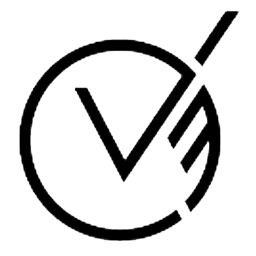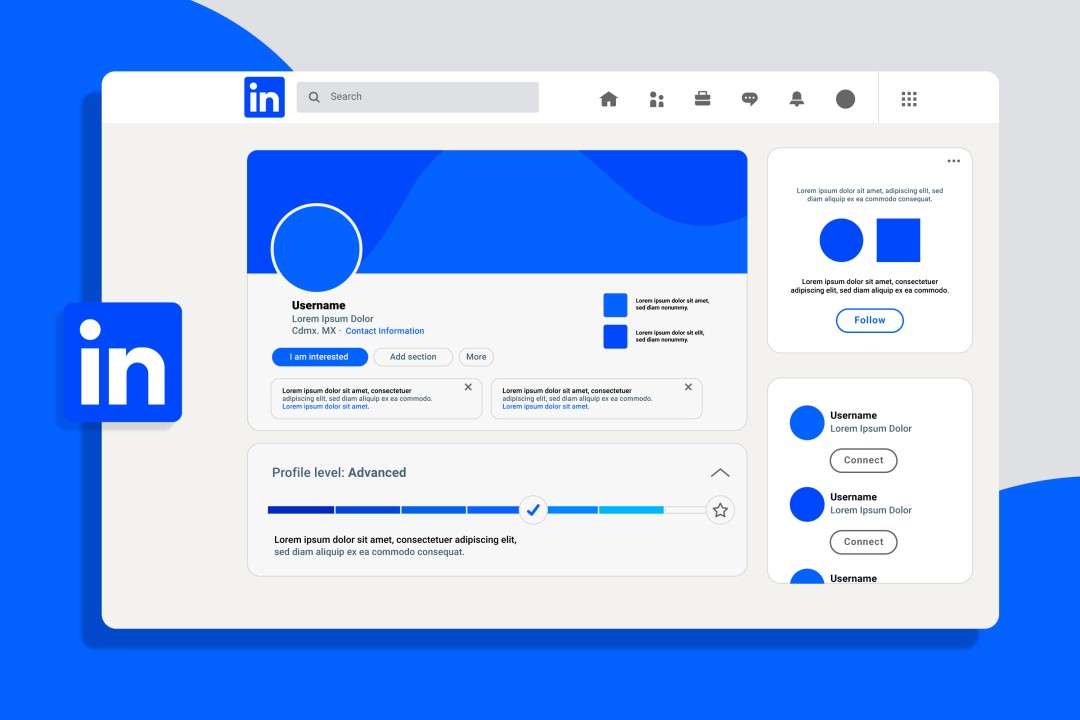LinkedIn has become a powerful platform for marketers looking to engage with a professional audience, and one of its most underutilized features is the LinkedIn newsletter. If you’re eager to learn how top marketers are attracting hundreds of thousands of subscribers and converting them into leads, this is for you. In this guide, we’ll explore why LinkedIn newsletters are outperforming traditional email marketing and how you can use them to grow your business.
The Value of LinkedIn Newsletters for Marketing
The opportunity for marketers on LinkedIn is vast. With over 1 billion members and only a small fraction actively publishing newsletters, the competition is low but the potential is high. LinkedIn’s built-in distribution system ensures that your content reaches a broad audience, starting with your existing connections and followers. This gives you a huge advantage, as you don’t have to start from scratch when building your subscriber base.
Additionally, LinkedIn wants newsletters to succeed because they drive platform engagement. The domain authority of LinkedIn adds credibility to your content, ensuring that your message has more impact than it might on other platforms. Plus, LinkedIn’s algorithms are designed to promote newsletters, making it easier for your audience to find and engage with your content.
Unlike regular posts, which are limited to 3,000 characters, newsletters allow you to go deeper, offering up to 100,000 characters. This provides ample space to create in-depth articles, share insights, and explore topics thoroughly—helping you engage your audience in a way that posts alone can’t.
#1: Built-In Distribution—How LinkedIn Automatically Promotes Your Newsletter
One of the most compelling reasons to use LinkedIn newsletters is the powerful distribution channels available. When you publish a newsletter, your content is automatically sent to your subscribers’ email inboxes, posted in their LinkedIn feed, and accompanied by a notification alerting them to your new edition.
This triple-distribution system ensures maximum visibility for your content:
- Email: Each edition is delivered directly to your subscriber’s inbox, ensuring they see it.
- LinkedIn Feed: Your newsletter automatically appears in the LinkedIn newsfeed, exposing it to a broader audience.
- Notifications: Subscribers receive platform notifications when a new edition is published, keeping them engaged.
This multi-channel approach increases the likelihood that your audience will see and interact with your content.
#2: How to Set Up Your LinkedIn Newsletter
Setting up a LinkedIn newsletter is easy. Follow these simple steps to get started:
- Click “Write an Article” on LinkedIn.
- From the dropdown menu, select “Create Newsletter”.
- Choose a template and schedule your first edition.
LinkedIn offers several tools for managing your newsletter, such as:
- Reusable templates for consistent formatting.
- Scheduling publications up to 90 days in advance.
- Draft management to organize your content efficiently.
You can also copy and paste existing blog content into your newsletter, though it’s a good idea to break up longer posts into smaller sections for better readability.
Newsletters from Profiles vs. Company Pages: Choosing the Right Strategy
You can publish newsletters from either a personal profile or a company page, depending on your content strategy:
- Personal Profiles: Ideal for individual thought leadership and sharing insights. A weekly to monthly publishing schedule works best here to maintain quality while avoiding overwhelm.
- Company Pages: Perfect for frequent publishing, especially if you have a team creating content. Companies can post daily without diminishing engagement.
- Ex: Valiant uses our business page to launch our monthly “Connect V3” Newsletter.
Choosing the right publishing strategy is crucial, and LinkedIn allows flexibility with publishing frequency. You can adjust your schedule at any time without notifying subscribers, which makes it easy to experiment with different frequencies.
#3: How to Grow Your LinkedIn Newsletter Audience
To grow your subscriber base, LinkedIn offers several built-in strategies:
-
- Promote your newsletter in the “Featured” section of your LinkedIn profile to make it easy for people to subscribe.
- Leverage other platforms: Share your LinkedIn newsletter on your Instagram, Twitter, or even in your email signature to drive traffic.
- Invite followers to subscribe: LinkedIn automatically notifies your followers when you launch a newsletter and invites them to subscribe.
- This was really helpful for us as it now has allowed over 1,000 of our current 2,000+ subscribers to opt in without us having to do anything.
Maximizing these tools helps expand the reach of your newsletter and ensures you’re attracting the right audience.
#4: Content Strategy and Best Practices
Creating compelling content for your LinkedIn newsletter is key to retaining and growing your audience. Here are a few best practices to keep in mind:
- Limit External Links: Focus on one or two key CTAs per newsletter, such as event registrations, consultations, or product sales. Avoid overwhelming your audience with too many external links.
- Repurpose Content: If you already create videos or podcasts, embed them in your newsletter and provide summaries or takeaways. This helps engage your audience and drives interaction.
- Make Promotions Visual: Use images, GIFs, or animations to draw attention to key offers. This will make your calls to action more compelling and noticeable.
- Engage in the Comments: Use the first comment to engage with your readers. Ask them questions, provide additional resources, or prompt them to share their thoughts on your content.
#5: Understand LinkedIn Newsletter Limitations
While LinkedIn newsletters come with many advantages, they do have some limitations:
- Email Truncation: Longer content may get truncated in the email version. This can prompt readers to visit LinkedIn to read the full article and engage with comments.
- Limited Analytics: LinkedIn doesn’t provide as detailed analytics as traditional email marketing platforms. While you can track impressions and engagement, you won’t get detailed open rates or click-through statistics.
Despite these limitations, LinkedIn newsletters are still an excellent tool for reaching a professional audience and building brand credibility without additional costs.
Conclusion
LinkedIn newsletters offer a unique opportunity for marketers to engage with a professional audience and generate leads. By leveraging LinkedIn’s built-in distribution system, creating high-quality content, and promoting your newsletter strategically, you can grow your subscriber base and turn your newsletter into a powerful tool for your marketing strategy.
Ready to get started? The platform’s easy-to-use tools and features make it easier than ever to create content that connects with your audience. Start your LinkedIn newsletter today and watch your influence grow!
Subscribe to “Connect V3” next time you’re on our page too! 😉

